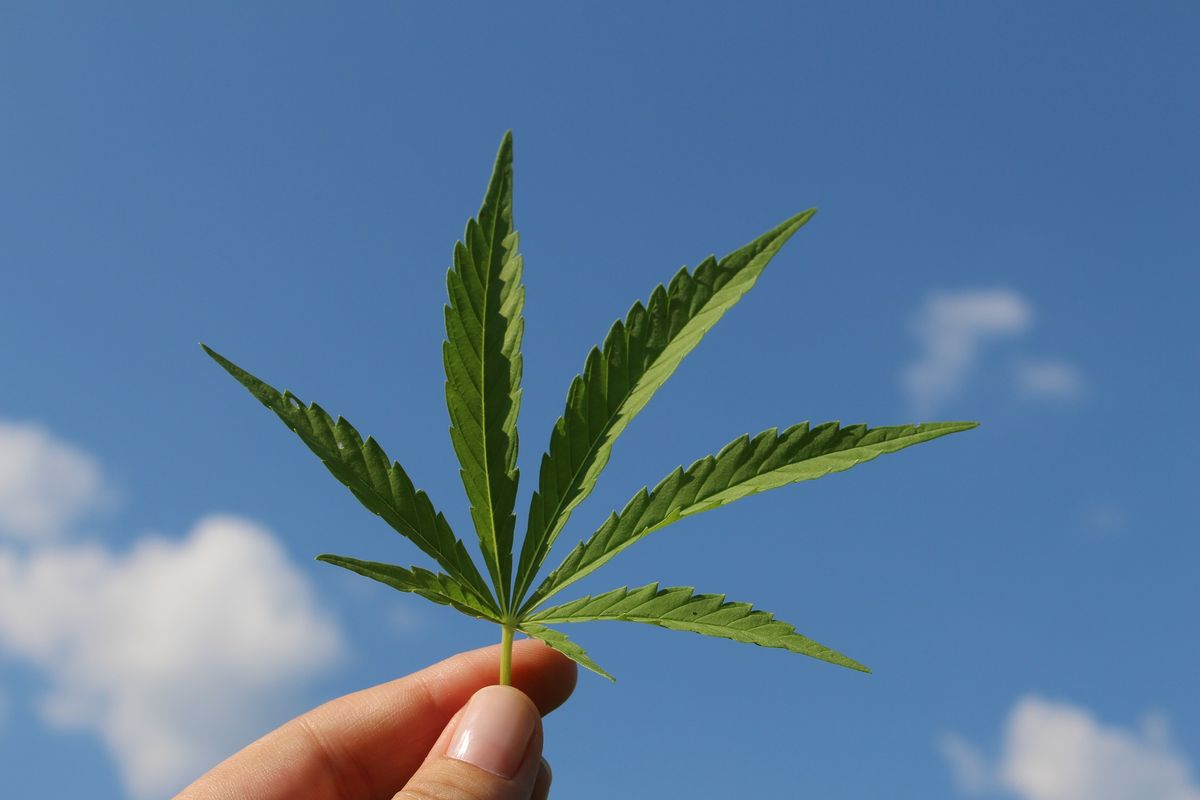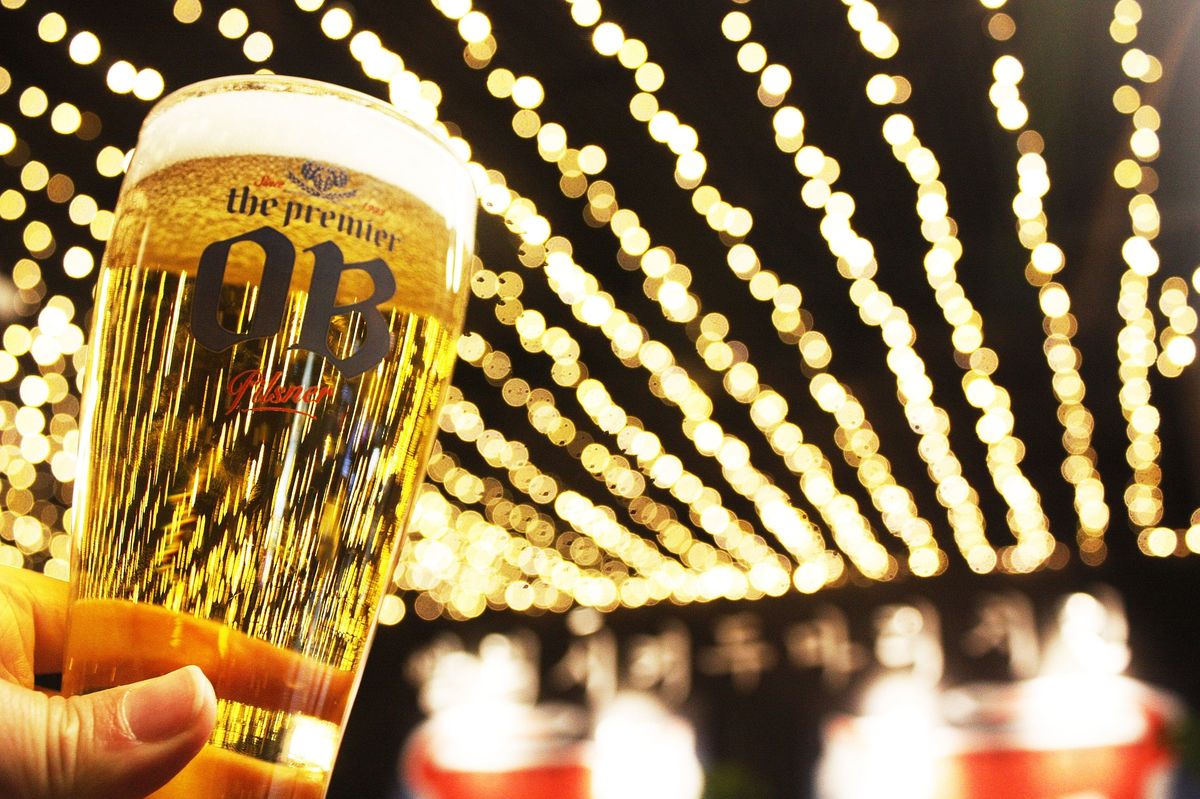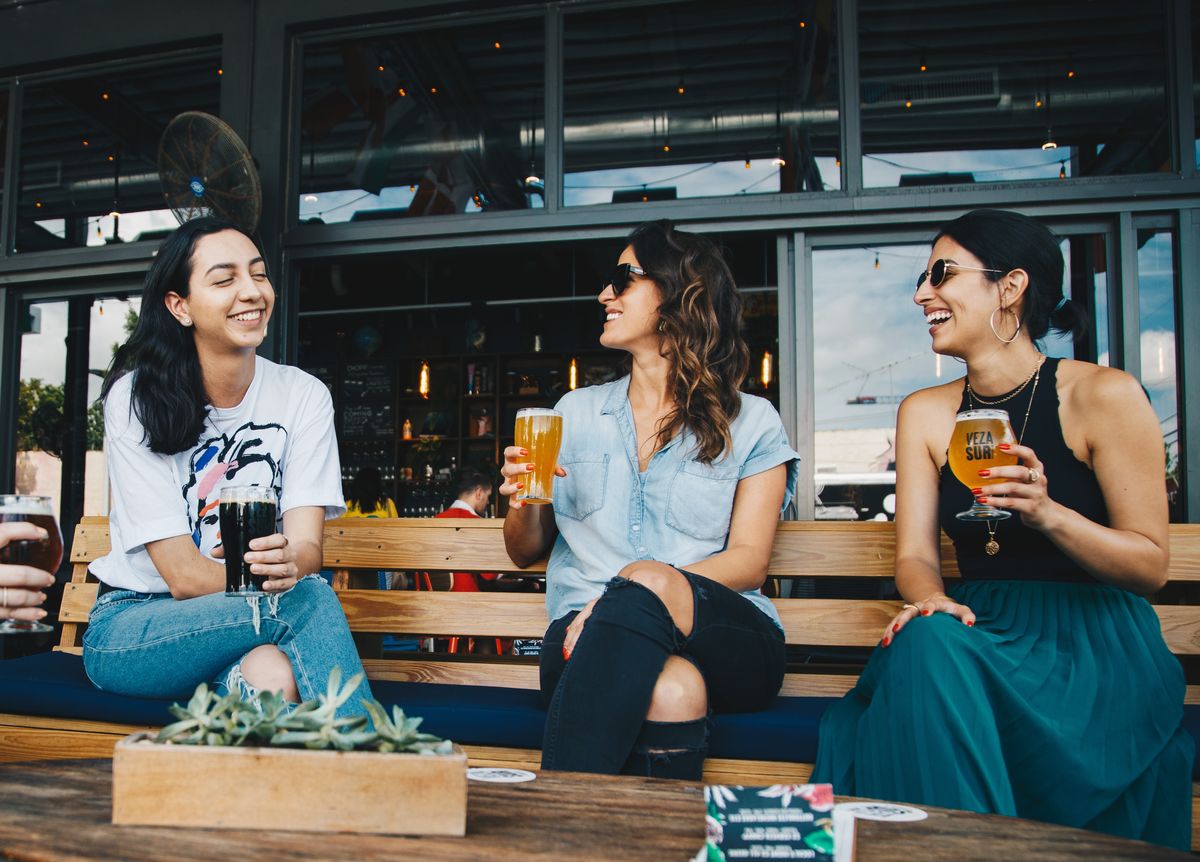Start 14-Day Trial Subscription
*No credit card required

2018 Consumer Beer Sales Analysis
As we hop forward into 2019, the North American craft market continues to refine in interesting ways. We're seeing more niche, focused consolidations and strategic partnerships, along with the development of new avenues into craft markets, including alcoholic versions of functionally-minded drinks like kombucha, and non-alcoholic beers -- some infused with THC and CBD, some of the main active ingredients in cannabis.
The convergence of these craft products is the result of an increasingly health-minded public, and a sign of things to come. With that in mind, you can expect to see a few changes on the shelves this year.
First up is "hard kombucha," which has caught the interest of major brewers, both craft and macro.
The Boston Beer Co. is working on Tura, a 4 percent ABV kombucha brand to be released later this year, and Full Sail is already on the market with its Kyla Kombucha line of products. The West Coast, which originally introduced kombucha to the mainstream, also boasts regional hard kombucha brands including Flying Embers, a startup from the founder of the successful Kevita line of kombuchas. Sierra Nevada is rumored to be eyeing hard kombucha's potential as well.
On the macro end, ZX Ventures, the self-described "global incubator, operator, and venture capital team backed by Anheuser-Busch InBev" is now funding the recently overhauled Kombrewcha, which will debut is higher-ABV (from 3.2 to 4.4 percent), freshly packaged line in March.
Kombrewcha was co-founded by Honest Tea's wonderfully named co-creator Barry Nalebuff as a non-alcoholic brand in 2013 and has been circulating its alcoholic version for the past couple years. Now with increased funding and distribution and its new design aimed at the 28- to 45-year-old female demographic, expansion is imminent, and other brewers will be sure to follow in this brand's footsteps. Look for it to begin impacting the IRI top brands’ numbers in the coming year.

Canned Cannabis
Speaking of new inroads to the craft market, 2019 looks to be the year where the evolving cannabis and craft brewing industries intersect in earnest.
If you’re not familiar with the company Cannabiniers, you likely soon will be. The makers of Two Roots CBD- and THC-infused non-alcoholic craft beers recently signed multiple letters of intent to acquire breweries distributed across North America, including a “top-20 privately held brewery based in California” and a “top-40 privately held brewery on the East Coast”, according to this report.
This is big time – the company’s stated goal is to reach 500,000 bbls of brewing capacity, which would place it among the ranks of the largest brewers in the United States. Similar to the effect craft beer’s popularity had on loosening the reins of restrictive legislation, this move could be a major jolt to the nation in terms of cannabis sales and regulation. In a world where all 50 states have legalized cannabis sales, we could be looking at the seed of the AB InBev of cannabis.
Consider also that Blue Moon inventor Keith Villa has jumped all-in to the non-alcoholic CBD-infused beer market with his new company Ceria Beverages, and we begin to get an image of where craft beverages are headed.
For the consumer, this means an exciting new mode of experiential drinking, if you're open to it.
Last up is the burgeoning non-alcoholic craft brewing market in America. In 2017, people spent over $100 million on NA beer. Within those sales, almost half of that amount of was comprised of O'Douls and Busch NA sales. Obviously, the same logic applied to the craft movement (emphasis on quality) is now being applied to non-alcoholic offerings. If you're going to forsake the buzz, why not at least enjoy the flavor?
To this end, there are now multiple non-alcoholic craft brewers in the U.S. Connecticut boasts Athletic Brewing Co., California has Surreal Brewing Co., and Missouri has Wellbeing Brewing, offering both year-round selections and seasonal releases.
As consumers, investors or brewers, what we may find absurd today is often the beginning of something big. Keep an eye out for these trending segments this year as well as an open mind. On to the numbers.

Photo courtesy: https://ledlightstation.com
What's Selling?
Among the top 30 craft brands according to IRI, we're hard pressed to find any surprises. Sam Adams, Sierra Nevada, Lagunitas, Founders, Bell’s and New Belgium;
Firestone Walker, Cigar City, Elysian, Deschutes, Goose Island, New Glarus, Stone, SweetWater, Leinenkugel, Shock Top, Shiner... Yes, we know these are mostly not considered worthy of bearing the Independent Craft seal, but if they were replaced with true craft, the list would be largely the same – a combo of pale ale, amber ale, lager, IPA and Session IPA. These are what drive sales en masse.
What we can take from these brands is the power of consolidation from a distribution and production standpoint. We are buying what is in front of us, and the companies and conglomerates behind these brands are the ones with the most power to put things in front of us.
To go further, we have to look at individual styles.
Unsurprisingly, Craft IPA still tops the charts, now comprising more than a third of craft's dollar share. Craft IPA totals almost $1.5 billion in sales yearly, and the category grew about 13 percent in sales over the last year. We can expect this growth to continue until another true competitor emerges or so many smaller competitors catch the public's interest that sales level out.
Topping the list at what a serious contender might be, we have the fledgling Craft Light Beer segment. On paper, it is still but a mere fly orbiting the elephantine tail of Craft IPA, but the style saw 22 percent growth this past year, and if domestic light beer sales are an indication of what the style could mature into, the future is bright.
However, styles are mere names or containers for certain qualities, and if there's one thing we know, it's that the qualities of craft beer rarely fit neatly in a box.
Perhaps a better indication of what might topple IPA is the idea behind it -- that it's time for something lower in calories and alcohol that still has flavor. That doesn't necessarily have to mean light beer.
To this point, we can look to the continuously growing Craft Golden Ale style, which grew by about 16 percent in 2018, totaling $165 million in sales. This growth places it as the sixth largest craft style, separated from IPA by only Seasonals, Belgian Wits, Pale Ales, and Variety, all of which saw sales decline in the past year, and two of which are catch-all categories, likely over-emphasizing their comparative clout.
To the other oft-repeated sentiment as of late, American craft is skewing towards refinement, which we've seen on shelves in the form of Brut IPA, which has less bitterness and alcohol, and is more champagne-like in nature. Though this category has yet to be proven long-term, we are seeing noticeable sales changes in other similarly-minded styles.
Craft Belgian Ale sales jumped by 14 percent in 2018, while Craft Strong Ale sales fell by about 17 percent, for comparison.
The other most noticeable sales increase came from the catch-all Craft Other Pale Lagers style, which grew by nearly 50 percent in the past year. This could include many different types of beer, but the most likely driver is hoppy-lagers, which can be interpreted as "beers lower in alcohol and bitterness than IPAs, but with more hop aroma and flavor than lagers."
In many ways, this represents the present stratification consumer craft taste preferences. Most of us are good on super sweet and super bitter, at least for now, but we enjoy hops. Evidence for having had our fill of malty and sweet? Craft Amber Lager and Craft Amber Ale, both top ten categories, are down by double digits. The Craft Brown Beer, Craft Porter and Craft Bocks categories are all also seeing mild sales decreases.
The vibe going into 2019 is that craft beer is now fully vested, so to speak, in American culture, arguably a culture more tightly entwined to its economy than any other. It has incised into the minds and hearts of multiple generations, including but not limited to those who have had money -- Gen X'ers, and perhaps more importantly, those who are soon to have it. In the past, the craft mentality has been a way of life for fanatical, pretzel-necklace types. Now it's bonafide for all --
I'm writing this from a "Hops 'n Sauce" BBQ restaurant nestled in a new Whole Foods, which happens to be having a pint night for local breweries. I didn't have to seek it out, I simply stumbled upon it. Craft is mainstream without being mainstream, the same way organic food is slowly garnering more shelf space formerly held by Oscar Meyer, Butterball, Nabisco et. al.
What this means for the consumer is that we again have to redefine what we consider "craft." Sierra Nevada is craft on paper, but just acquired another brewery, and is the tenth largest brewer in the U.S., among all. Is Sierra Nevada the same as your neighborhood microbrewery? And more importantly, how much does it matter to you?
At the end of the day, we can be heartened, because the fact that craft brewers can absorb smaller craft brewers, or the fact that cider makers are now consolidating, or that kombucha and cannabis are marrying with cerveza all points to a world where we have more choice. And for the drinker, having choices of quality beer that we can tailor to our own experience is what truly matters.




